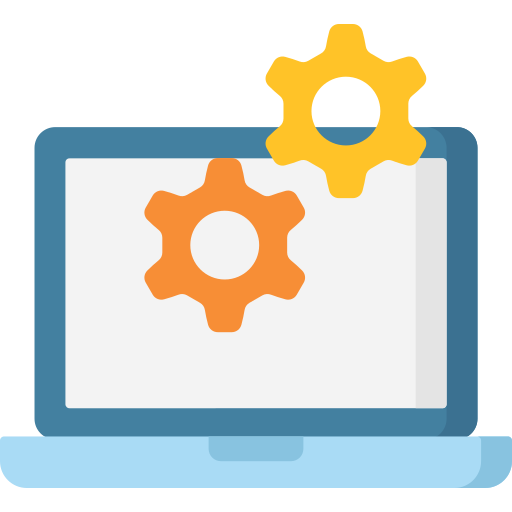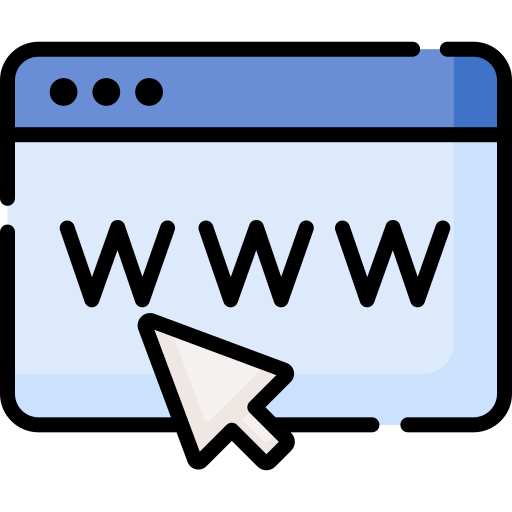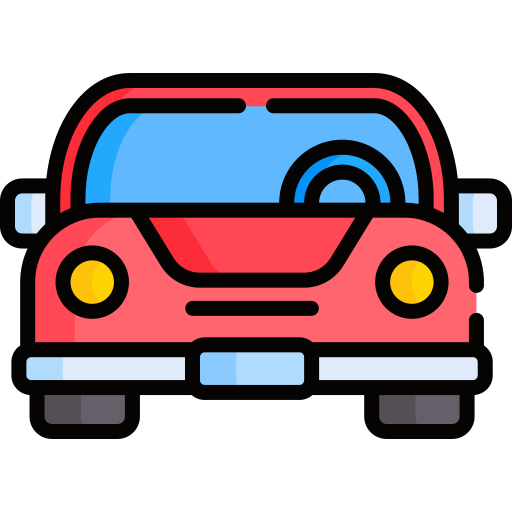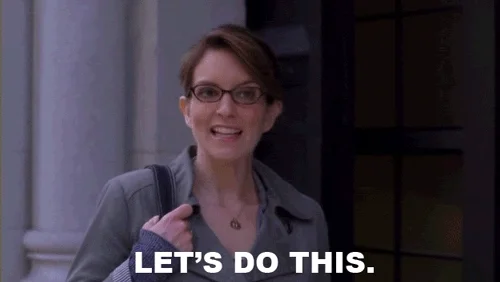
This logo isn't an ad or affiliate link. It's an organization that shares in our mission, and empowered the authors to share their insights in Byte form.
Rumie vets Bytes for compliance with our
Standards.
The organization is responsible for the completeness and reliability of the content.
Learn more
about how Rumie works with partners.
An interaction designer is someone who designs interactions. What does that mean?
Interaction designers make sure that technology is easy to interact with and does what it’s supposed to do: for example, menus to turn features on and off or customize settings. The interaction designer makes everything as easy for the users as possible!

How does it contribute to society?
Interaction design is part of a larger career field known as user experience (UX) design. This term will often come up when you are doing your own research. Interaction designers will make sure that any time you're using technology (whether choosing a movie to stream or playing music on your phone) is easy and instinctual!
What's the difference between UX design and interaction design?
UX designers focus on the overall experience when users use a technological product: how things look, how things feel, how easy they are to use, and so on. Interaction designers focus on specifically one part of the experience: how the user interacts with the product.
What do you do on a daily basis?
Interaction designers handle many different tasks:
Research who the product's users are and what they need.
Design the features of the product — what will it do and how?
Identify key interactions for the product. Everything should meet goals for both the business that makes it and the people who use it.
Implement features, then create and test prototypes (make it and test it to see that it works right).
Check for accessibility — anyone should be able to use the product, and it should accommodate possible user disabilities.
Collaborate with UX designers for the view of the product as a whole.
 Photo by Glenn Carstens-Peters on Unsplash
Photo by Glenn Carstens-Peters on UnsplashQuiz
Which of these duties would NOT be the responsibility of an interaction designer?
Overall design decisions would be more of a focus of UX designers. UX designers look more at the user experience as a whole than interaction designers do. For example, a UX designer would think about where to place a GPS in a car to best suit the driver, while an interaction designer would focus on creating menus to input new addresses or choose between different routes.
Where can you get work as an interaction designer?
There’s a pretty wide need. Any corporation that uses technology that consumers need to work with on a regular basis needs someone to figure out how users will interact with that technology! These can include:

Technology companies such as ones that make electronics like computers, phones, and software

Entertainment companies ones who make products like movies, TV shows, or even video game companies

Web services such as online vendors, streaming services, and social media

Car companies — someone needs to make sure that GPS is easy to use!
Quiz
Which of these places would need an interaction designer on their staff?
As a company with technology included as part of their services and products, a video game company would need someone to design the menus and make sure everything is intuitive and works properly.
What would make someone love this job?
You love design and creativity. You'll need to think about what will look the best and have the most logical layout.
You love problem-solving. You'll need to figure out how to make everything as easy to use as possible, and continuously update to keep everything easy to use.
You love collaborating with others. You need to stay consistent with how the UX designers want the features to work and what businesses want the technology to do. This is a job with lots of teamwork!

What would make someone hate this job?
You work better independently. This is a job where you constantly work with others and do things like compromise based on the needs of other stakeholders.
You will constantly need to upskill. Technology is always changing to do more and make work easier. You need to know how to put new tools and features into the product.
You do not like to edit and revise. You'll constantly revisit your work to make new, better versions that match new user needs.

Take Action
Does it sound like interaction design could be a good path for you? If it does...

This Byte has been authored by
Erica Kauffman
Learning Designer | Educator